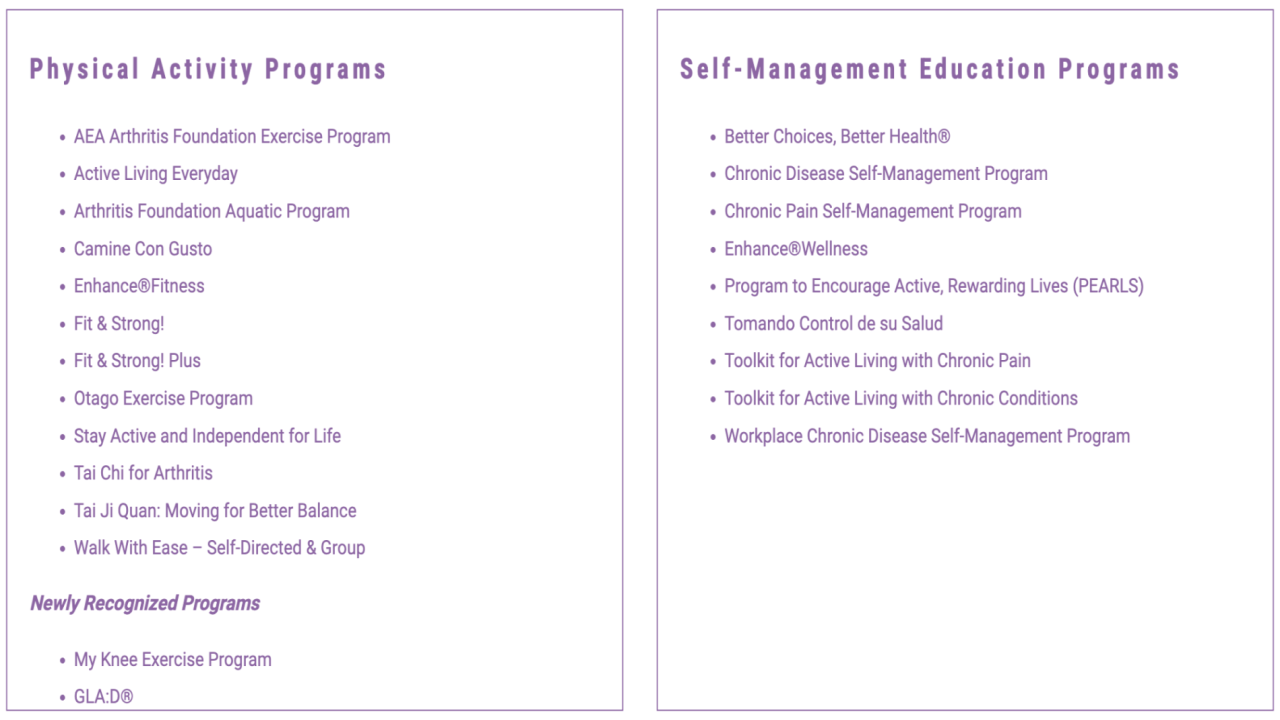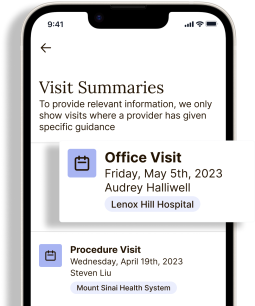What it is
Joints are any place in the body where two bones meet. "Arthritis" literally means “joint inflammation” in Greek or Latin. Joint inflammation is a symptom or sign rather than a specific diagnosis, but the term “arthritis” often refers to any disorder that affects the joints. Arthritis can affect nearly any joint in the body and there are more than 100 types of arthritis and related rheumatic diseases with different causes and treatments.
Some types of arthritis aren't just in the joints, but rather can affect the eyes, heart, or skin!
While most people have heard of arthritis, very few understand its impact. Only about 7% of Americans know that arthritis is the number one cause of long-term disability in the U.S.
In 1972, with urging from the Arthritis Foundation, President Nixon designated May as National Arthritis Month - a special time to emphasize research, service, and education around arthritis, and to raise funds to support the cause.
Osteoarthritis (OA)
Osteoarthritis (OA) is by far the most common type of arthritis, especially in adults aged 50 and older. It is a degenerative joint disease in which the tissues in the joint break down over time, though researchers do not know exactly what triggers or starts the breakdown.
Contrary to popular belief, OA does not happen because of simple wear and tear on the joints. Actual changes in the structure of the tissues within the joint appear to be what triggers the breakdown.
As OA develops, it can damage anything in the joint, including cartilage, tendons and ligaments, synovium, bone, and menisci. Joint damage usually develops gradually over many years, though it can worsen quickly in some people.
OA affects each person differently, ranging from relatively mild and not affecting day-to-day activities to significant pain and crippling disability.
Women are more likely than men to have OA and for many women, it develops after menopause.
Certain factors make it more likely that OA will develop in your loved one, including aging, being overweight or obese, history of injury or surgery to a joint, overuse from repetitive movements of a joint, joints that did not form correctly, and a family history of OA.
The National Institutes of Health National Institute of Arthritis and Musculoskeletal and Skin Diseases (NIAMS) offers a great booklet containing interesting and important information about OA: Living with Arthritis: Health Information Basics for You and Your Family.
How can I help my loved one?
While there is no cure for arthritis, goals for treating OA include improving how the joint works, stopping the joint problems from worsening, and improving or maintaining quality of life.
Providers may recommend medications, acupuncture, massage, braces or orthotics, and possible surgery if the joint problems are severe. Step one is to work with your loved one's provider to set up a treatment plan.
In addition to working with your loved one's provider, here is a list of things you can do to help manage your loved one's OA and improve joint pain and stiffness:
Learn as much as you can about OA from reliable sources.
Understand that your loved one may feel sadness or frustration, even experience fatigue, problems sleeping, or depression, so help them to communicate openly, frankly, and frequently.
Try using heat or cold compresses to lower joint pain. Heat improves blood flow and cold numbs nerves and reduces swelling.
Try massaging the affected joint, which like heat, improves blood flow.
Encourage your loved one to use a cane or a walker to promote stability, and safety, and reduce pain.
Encourage the use of devices such as jar openers to improve grip.
Instruct your loved one to avoid repetitive motions, BUT do encourage them to get active!
33% of adults (that's 1 in 3) with arthritis are not physically active.
Exercise is imperative to help maintain, or improve, your loved one's daily living skills. Discuss activities and exercises with their provider, start slowly, and remind them that it may take time to adjust to new activities.
Great exercise choices include walking, low-impact aerobics, yoga or tai chi, resistance training with weights or bands (can be done seated), and swimming or water aerobics.
Arthritis-appropriate, evidence-based interventions (AAEBI)
These are CDC-recognized, evidence-based, arthritis intervention programs that have been shown to improve arthritis symptoms such as pain or limitations in function and are proven to enhance the quality of life for adults with arthritis.
The current list of 23 approved AAEBI highlights two types of lifestyle programs. Both types reflect effective prevention and management strategies for addressing arthritis.
Physical Activity programs help increase physical activity safely and comfortably.
Self-Management Education programs teach individuals how to cope with arthritis-related symptoms and adopt healthy behaviors to maintain active and fulfilling lives.
Below is the current list of recognized Lifestyle Management Programs for Arthritis with links to descriptions of each.

Lifestyle Management Programs for Arthritis




